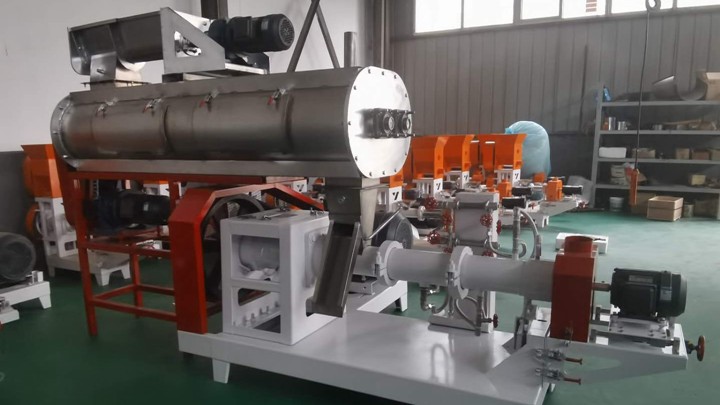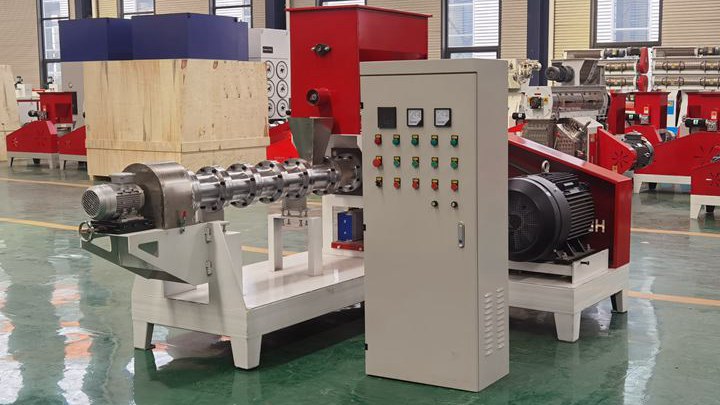.jpg)
Mar 24, 2021 · Global aquaculture production more than tripled in live-weight volume from 34 Mt in 1997 to 112 Mt in 2017 (Fig. 1).The main species groups that contributed to the top 75% of aquaculture
.jpg)
May 7, 2024 · There are many different types of farms out there, and some of the most interesting are fish farms! There is a growing demand for fish in the U.S., and in 2020, the estimated production of freshwater plus marine U.S. aquaculture was 658 million pounds, with a value of $1.5 billion. The global demand for seafood is also on the rise.

Sep 23, 2020 · 2. More than Half of the World’s Seafood Comes from Aquaculture. Aquaculture is one of the fastest growing forms of food production. Global marine and freshwater aquaculture production rose by 527 percent between 1990 and 2018 according to the United Nations Food and Agriculture Organization.
.jpg)
Sep 21, 2018 · This type of system is a great, cost-effective way to reduce nutrient accumulation by using filter feeders to do the job of artificial filters. So how does it work? Well, multi-trophic aquaculture involves farming of species like shellfish, seaweed and carp alongside your target farmed species – salmon, trout, or shrimp.
.jpg)
Feb 11, 2024 · Aquaculture is already larger than fishing in Australia. Farming the sea is hailed as a vital source of food and biomass essential to reduce the damage we do and distributing costs equitably ...
.jpg)
Aquaculture presents an opportunity to reduce America’s reliance on imported seafood, increase our nation’s food security and create jobs. The United States includes the world’s second largest Exclusive Economic Zone — the coastal waters and seabed to which a nation claims exclusive rights.

Jul 19, 2019 · Reducing costs in an effort to maximize profits must be done cautiously, however, so as not to negatively impact the rate of progress — and some factors that seem relatively minor can actually have a dramatic impact on growth. My top five management tips for reducing costs on your farm are included below. 1. Provide a nutritionally balanced feed.
.jpg)
1 day ago · 8. Strategies to reduce food costs in fish farming. Strategies to reduce feed costs by improving fish gut health and nutrient utilization in aquaculture. Use of probiotics to modulate gut microflora using selected bacteria. Supplement with exogenous enzymes to improve digestibility.

Jul 11, 2023 · Yield (kg/ha harvested from ponds and kg/m 3 harvested from RAS) is a major driver of costs in aquaculture because of the relatively high fixed costs associated with the facilities. The Engle et al. ( 2020 , 2021 ) studies used average yield values reported in the research literature from commercial farm datasets where possible.
.jpg)
Jul 15, 2020 · The global emissions from aquaculture are lower than livestock because (a) there is a greater amount of livestock production (in 2010 fish and shellfish accounted for 6% of global protein intake

Launching a successful fish farming business requires careful financial planning. From land acquisition to regulatory compliance, the startup costs can quickly add up. Understanding these nine key expenses is crucial for aspiring aquaculture entrepreneurs to create a sustainable and profitable operation. By anticipating and budgeting for these

Sep 13, 2022 · Cost-effective carbon dioxide removal technologies play a key role in combating climate change. A team of researchers at the University of Maine in collaboration with Conscience Bay Research have
.jpg)
Bu dgets presented below are examples of enterprise budgets, which are tools for projecting costs and returns for various aquaculture enterprises. They serve as guides for planning individual aquaculture operations. These budgets are general guidelines and each aquaculture operation should develop budgets based on its specific situation. Some

Welcome to Viet Linh's aquaculture technology news today! Our topic today is: Ways to reduce the cost of shrimp farming. When the price of shrimp decreases while the price of feed, materials, electricity and labor increases, farmers need to carefully calculate and apply measures to reduce farming costs to preserve capital.
The Farm Storage Facility Loan (FSFL) Program provides low-interest financing for aquaculture producers to build, upgrade, or acquire, permanently affixed or portable, new or used farm storage and handling facilities, equipment and handling trucks to store and handle eligible commodities they produce.